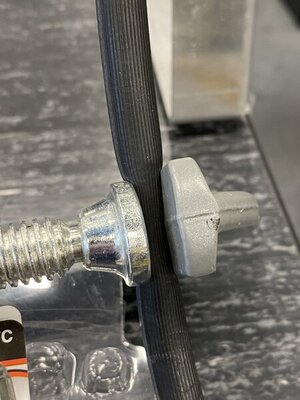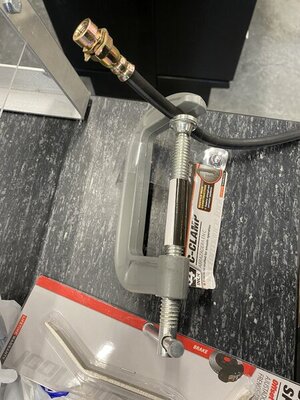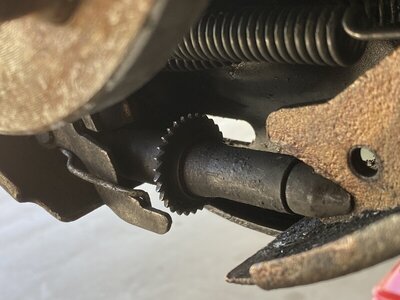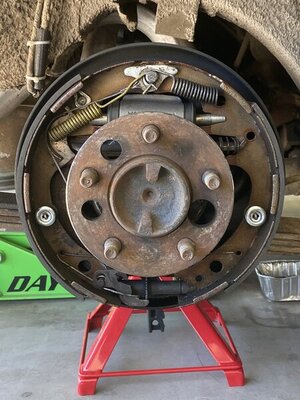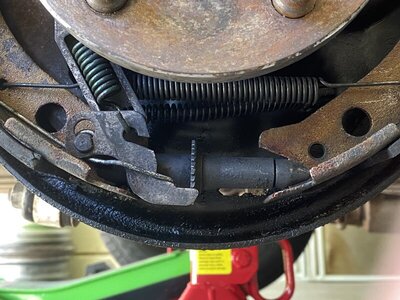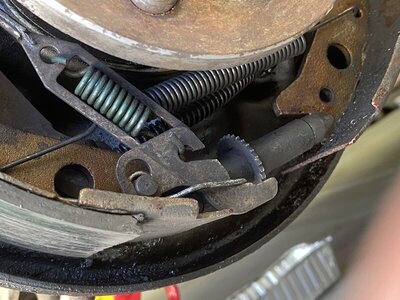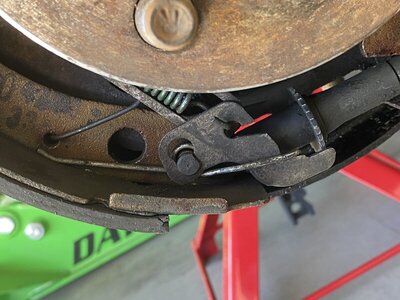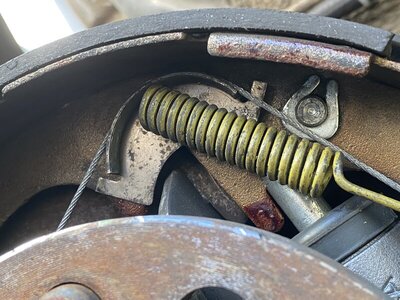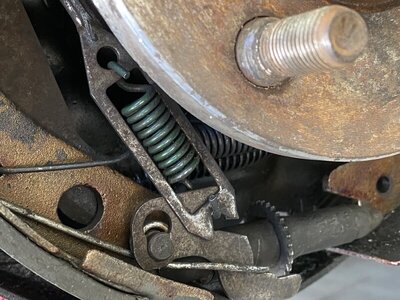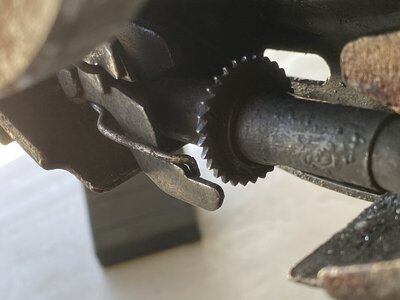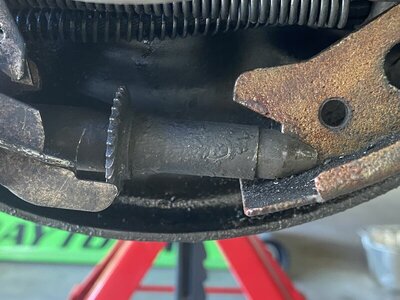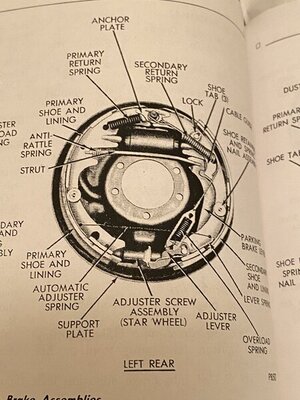MoparGuy68
Well-Known Member
Because my system components are all stock, maybe I should just stick with DOT 3. I don’t know if the stock rubber seals in the system will have a problem with DOT 5 (the ONLY fluid that is silicon based and non-corrosive). DOT 5 has a thicker viscosity than the others, don’t know if that will be a problem in a stock system either. It is also apparently more difficult to bleed the air out of a DOT 5 system.
It appears the only real difference between 3, 4 and 5.1, is their boiling points, which get higher as you move up in DOT number. Those three are all glycol based, being they all absorb moisture, and are all corrosive and damaging to paint.
https://www.engineerine.com/2022/01/dot-3-vs-dot-4-vs-dot-5-vs-dot-51-brake.html?m=1
It appears the only real difference between 3, 4 and 5.1, is their boiling points, which get higher as you move up in DOT number. Those three are all glycol based, being they all absorb moisture, and are all corrosive and damaging to paint.
https://www.engineerine.com/2022/01/dot-3-vs-dot-4-vs-dot-5-vs-dot-51-brake.html?m=1

